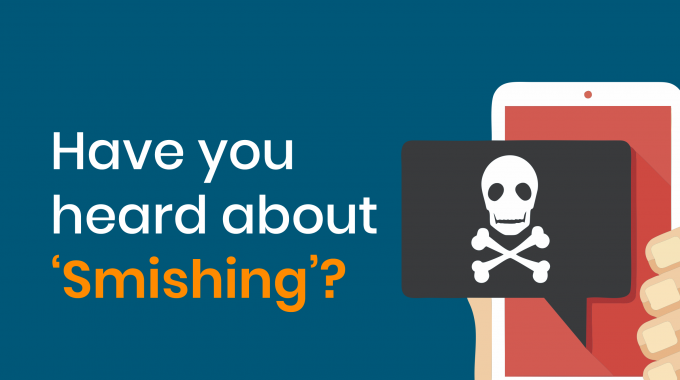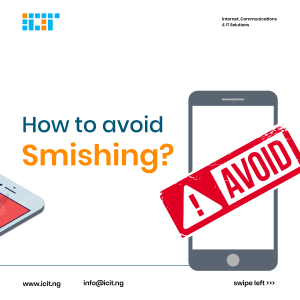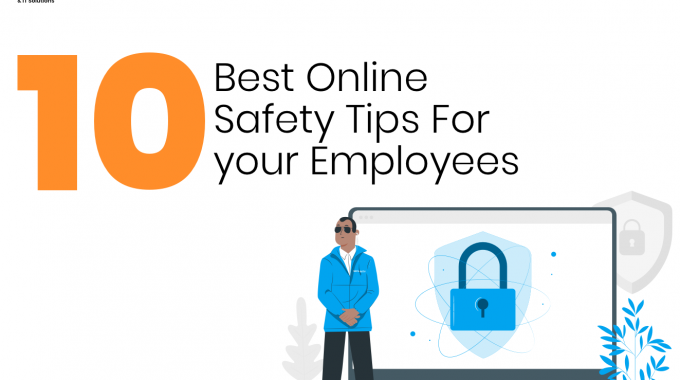
What you need to know about Smishing
Have you heard about Smishing?
Smishing is a form of phishing that involves a text message or phone number. It’s becoming an emerging and growing threat in the world of online security. While phishing refers to fraudulent emails that sent to trick the recipient into opening malware, smishing uses text messages instead of emails.
Text message scams are called “smishing”–a union of the terms SMS (Short Message Service) and phishing. While phishing typically refers to scams sent by email, smishing scams are sent by text message.
A typical smishing scam may happen like this: You receive a text message from a bank saying that there is a problem with your account. The message conveniently provides a link or phone number to help you resolve the issue. If you take the bait by replying, clicking the link, or calling, that’s when the scammers get to work. They may install malware on your device, lead you to a well-disguised website where you enter your information and unknowingly send it to the scammer, or sell your information for use in future scams.
Other versions of smishing could be a message that says your credit card or bank account will be charged for an upcoming payment unless you reply, or a message that says someone is attempting to make a charge on your account, and you must speak with the security department to verify the transaction. Unfortunately, some victims of smishing face real financial losses.

You can take steps to help you detect smishing attempts and protect yourself, your data and your loved ones:
Don’t Reply, Click, or Call.
Never click links, reply to text messages, or call phone numbers that you don’t recognize. Although some smishing messages give you the option to text the word “STOP” to get off the list, don’t even text “STOP.” Responding only serves to let the scammers know that the number is in service and that you feel for their lie.
Validate Suspicious Messages with the Actual Company.
If you get a text message claiming to be from a bank, retailer, or government agency, call or email them yourself to confirm the contents of the text. Get the organization’s official contact information from past statements or through an online search.
Block and Report Spammers and Scammers.
If you repeatedly receive suspicious messages, you can block and report the number. Most smartphones have an option to block callers.
Validate Requests from Family and Friends.
It’s also possible you get requests from family or friends who need information in a hurry. If friends or family request personal or financial information, you need to make sure that you’re actually talking with your loved one.
Never Install Apps from a Link Sent to You.
No matter who the message comes from, never install apps from a link provided in an unexpected text message. A quick internet search can help you make sure you are installing apps from an official source.
Keep Devices and Apps Up-to-date.
Make sure you update your devices and apps to the latest version. Consider installing anti-malware software on your devices for extra security.
Protect your devices and business from malware by using cyber security solutions available here.




What you need to know about Smishing – ICIT SOLUTIONS
vwmmegwks http://www.g48069nzk8w27hz92kfg82n7083utmxes.org/
[url=http://www.g48069nzk8w27hz92kfg82n7083utmxes.org/]uvwmmegwks[/url]
avwmmegwks